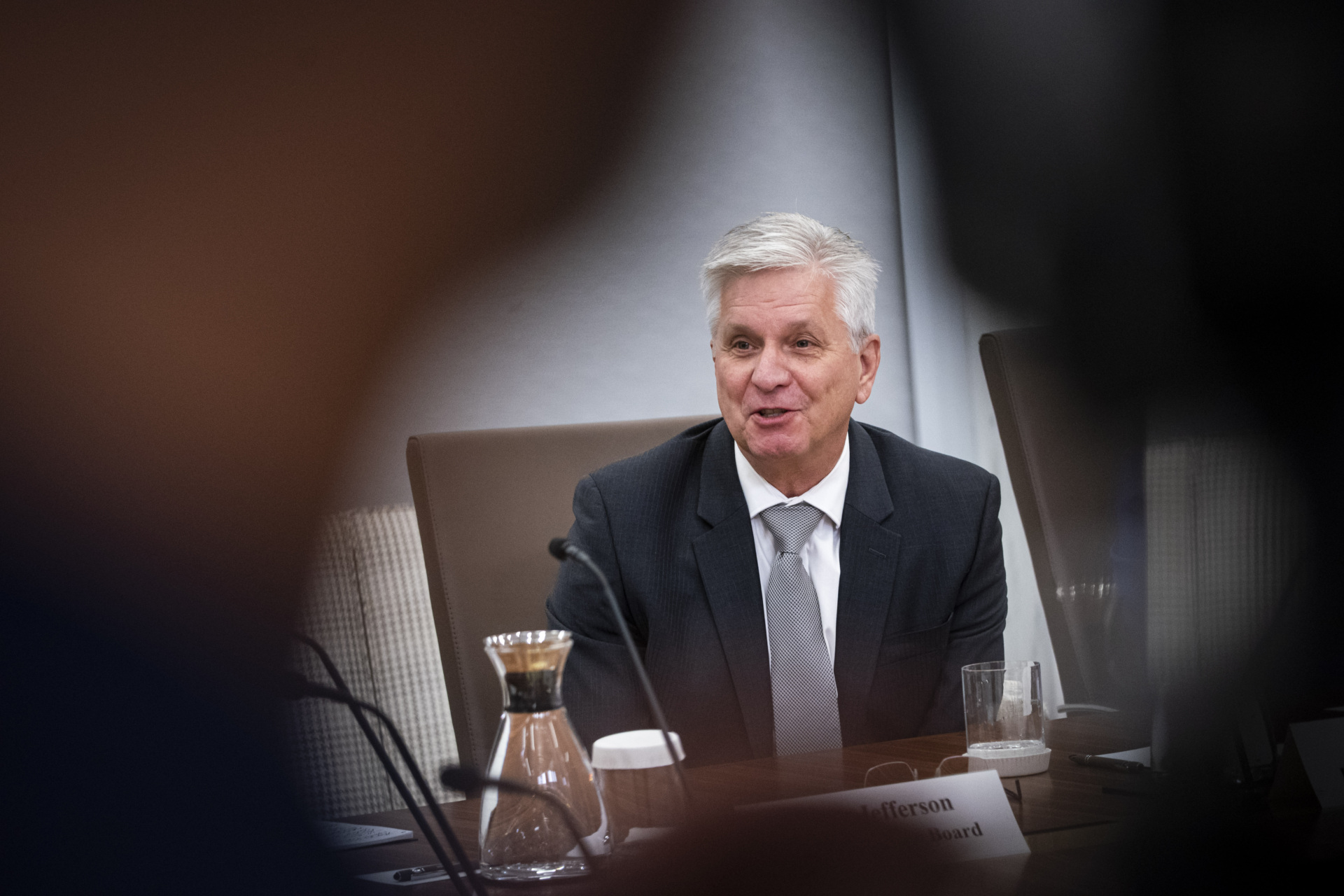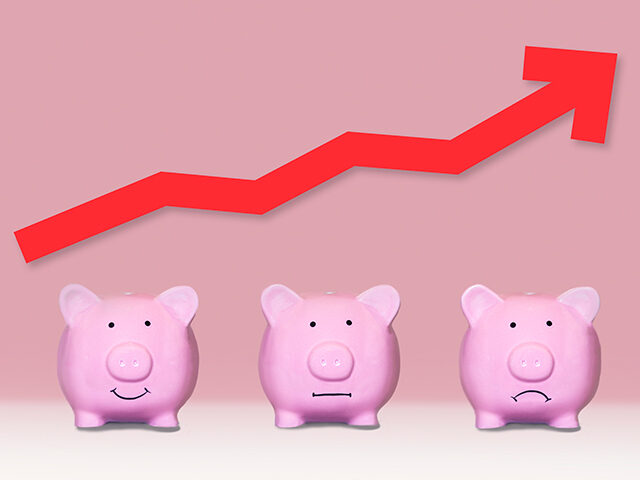Trouble for the Fed: Services Sector Still Sizzling
The central question for markets these past three weeks has been whether the acceleration seen in inflation and certain parts of the U.S. economy in January would turn out to be a temporary spike or the beginning of a lasting trend.
With the February jobs report delayed until next Friday, a lot of focus today was on the Institute for Supply Management’s (ISM) services sector index for February. The ISM index held steady at 55.1, just one-tenth of a point below the January reading and above the consensus estimate.
Readings above 50 indicate expansion, while readings below indicate contraction. A reading at 50 exactly indicates levels were unchanged from the prior month.
In other words, this was a serious blow to Team Transitory.
The subindexes were also uncomfortably hot and point to inflation pressures remaining high. The employment index jumped from 50 to 54, indicating payroll expansion. That suggests we may get a hotter-than-expected payrolls number next week, which would increase pressure on the Federal Reserve to ramp up the pace of its rate hikes to 50 basis points.
The services index had declined to 49.2 in December, indicating contraction and raising hopes that the Fed rate increases may finally be cooling off the sector. Two months of data now suggest that it was the December data that was the outlier. The index is now only slightly below its 12-month average of 55.5.
The indexes for new orders and inventories increased, suggesting a lot of demand for services. The prices index sank slightly but remains at a very elevated level.
Christopher Waller’s NSFW “Hot Data Releases”
Fed Governor Christopher Waller was supposed to give a talk on economic conditions yesterday. As is often the case in our post-pandemic world, the talk was set-up to be virtual. The folks running the conference, however, used settings that allowed the members of the audience to chime in and showed them on screen.
One of the members of the audience apparently responded to this trust and freedom by broadcasting pornography to the folks who had tuned in to hear Waller talks about “hot data releases.” Perhaps he merely misunderstood the purpose of the virtual meeting.

Federal Reserve Governor Christopher Waller speaks during a Fed Listens event in Washington, DC, on September 23, 2022. (Al Drago/Bloomberg via Getty Images)
The virtual meeting was quickly brought to an end. Waller’s speech, however, was posted on the Fed’s website. The speech shows just how surprised Waller has been by the data showing a surge in inflationary pressures.
“Last month we received a barrage of data that has challenged my view in January that the Federal Open Market Committee (FOMC) was making significant progress in moderating economic activity and reducing inflation. I’m not the only one whose outlook has shifted,” Waller said (emphasis added). “Although inflation has been coming down since the middle of last year, the recent data indicate that we haven’t made as much progress as we thought. That assessment goes for both overall inflation, and ‘core’ inflation, which strips out volatile energy and food prices and is a good guide to future price increases.”
Waller then went on to cite median and trimmed-mean inflation measures, which regular readers of the Breitbart Business Digest will recognize as favored measures of underlying inflation.
Waller Leans Toward a Bigger Hike
The conclusion of the prepared remarks is worth quoting at length (emphasis added):
But recent data suggest that consumer spending isn’t slowing that much, that the labor market continues to run unsustainably hot, and that inflation is not coming down as fast as I had thought. It could be that progress has stalled, or it is possible that the numbers released last month were a blip, perhaps associated with unusually favorable weather, and that forthcoming data will show that economic activity and inflation resumed their decline.
Fortunately, we will get the next employment report and [consumer price index] CPI release ahead of the March 21–22 FOMC meeting, information that will affect my assessment of the appropriate next step for monetary policy. If job creation drops back down to a level consistent with the downward trajectory seen late last year and CPI inflation pulls back significantly from the January numbers and resumes its downward path, then I would endorse raising the target range for the federal funds rate a couple more times, to a projected terminal rate between 5.1 and 5.4 percent. On the other hand, if those data reports continue to come in too hot, the policy target range will have to be raised this year even more to ensure that we do not lose the momentum that was in place before the data for January were released.
I would be very pleased if the data we receive on inflation and the labor market this month show signs of moderation, which would suggest that the February data releases were just a bump in the road and that progress is continuing. But wishful thinking is not a substitute for hard evidence, in the form of economic data. After seeing promising signs of progress, we cannot risk a revival of inflation. Policymakers must remain data dependent, so my view will depend on what the data say.
This sounds like it will take a big change in direction in CPI and jobs for Waller to stick with the plan of raising rates by just 25 more basis points at the next two meetings. If the data comes in as hot as the ISM numbers suggest, Waller will probably be for a bigger hike.

COMMENTS
Please let us know if you're having issues with commenting.